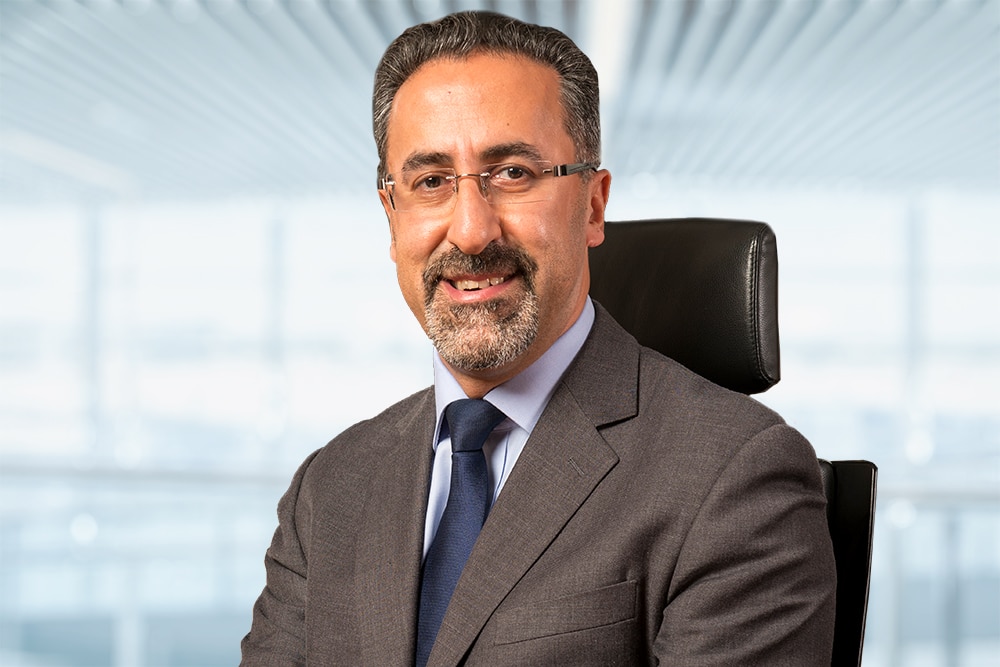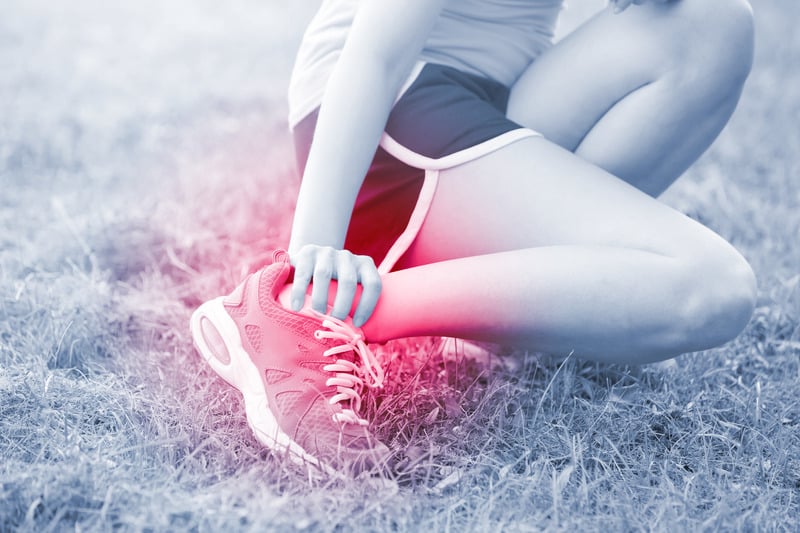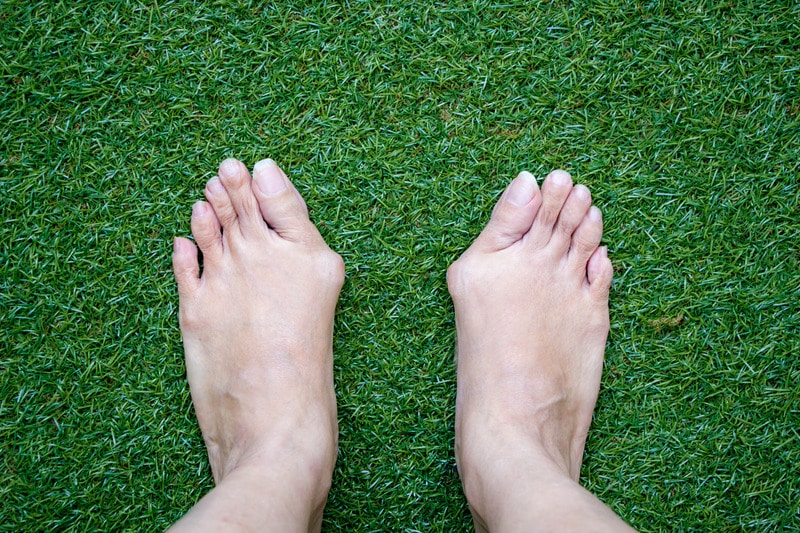-
Call us on
020 7692 0675
Mon-Fri: 8am-6pm
(New enquiries only) -
Find us at
HCA UK Outpatients & Diagnostics The Shard, 32 St Thomas Street, London SE1 9BS
Click to call for new patient enquiry If you are an existing patient please call the consultant directly. You can find their direct number on their consultants page.









